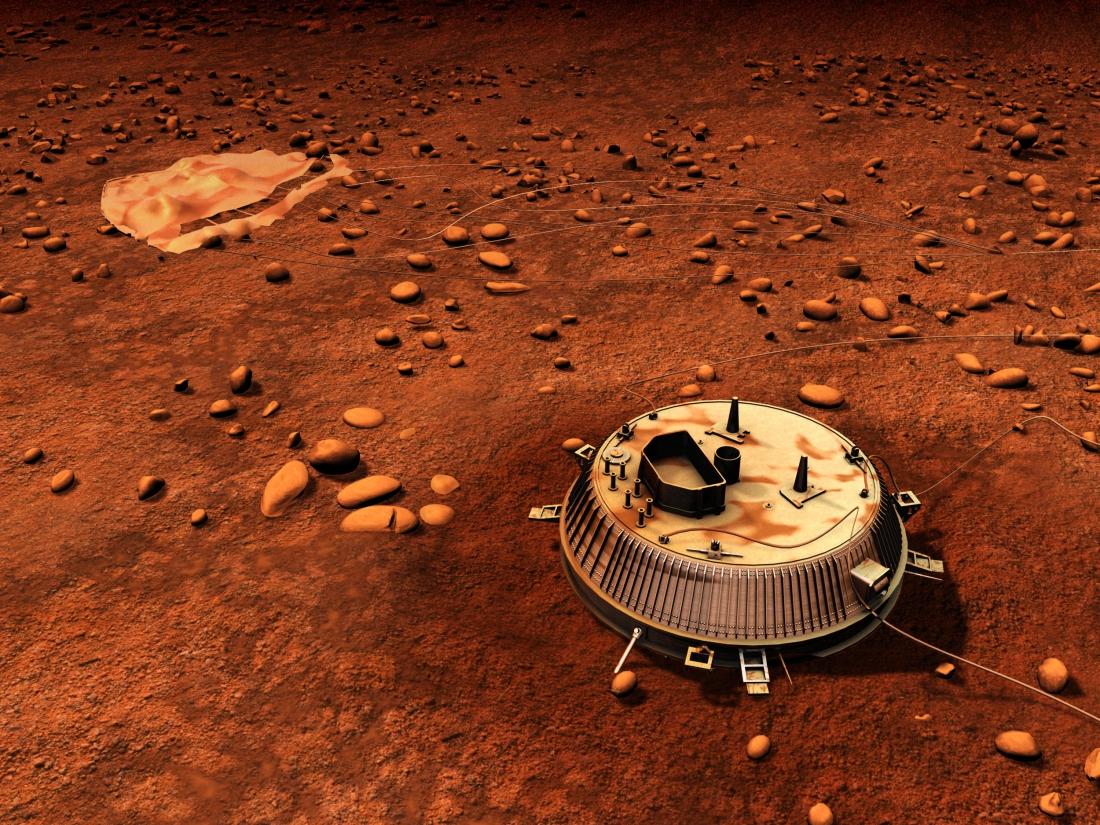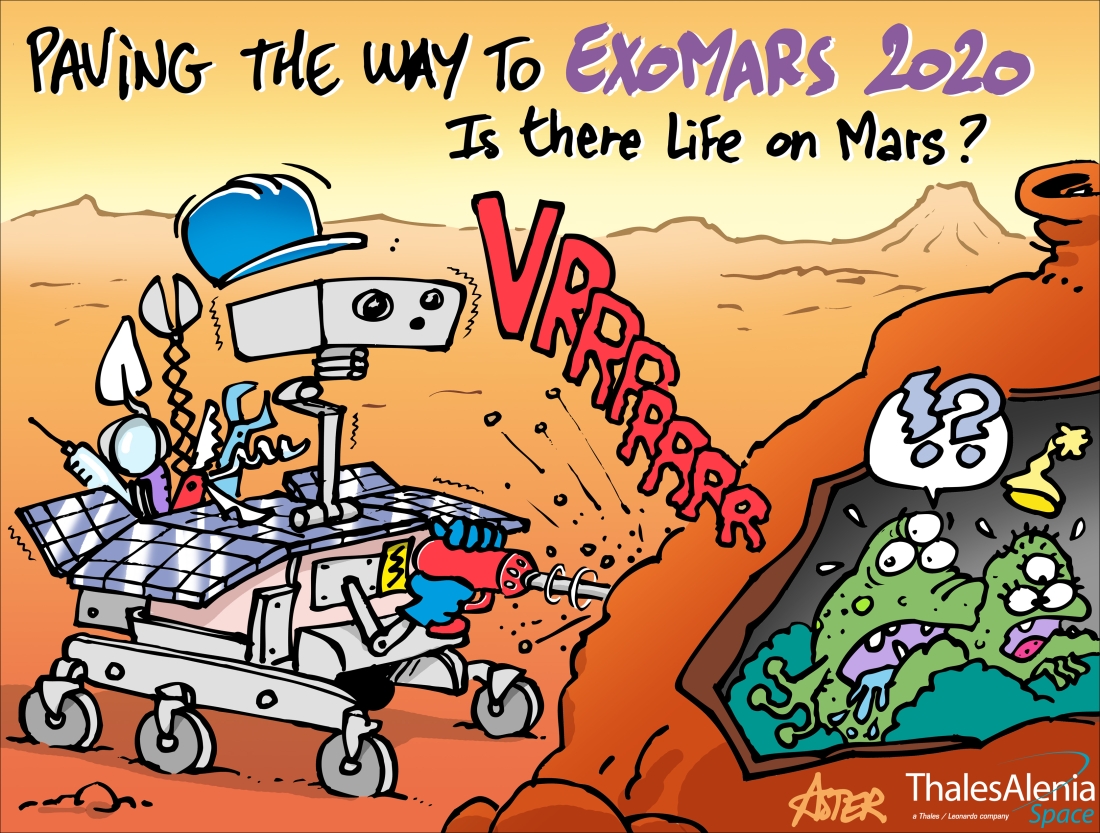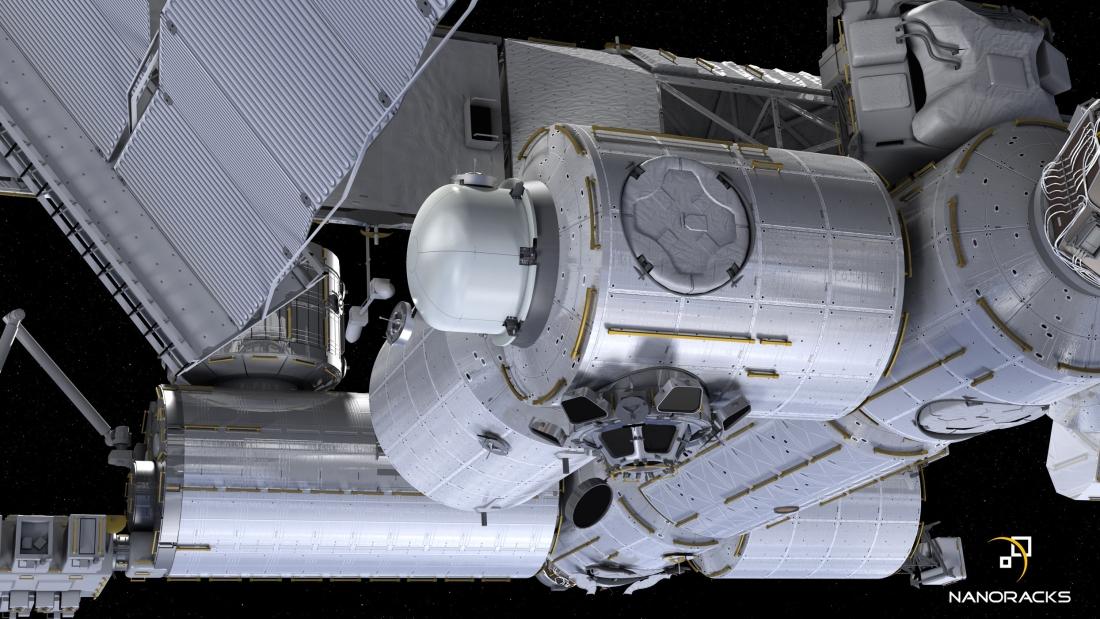Thales Alenia Space: from the Space Station to Space Exploration
Venus, Mars, Mercury, Saturn, the Moon, asteroids and comets… Thales Alenia Space is a pivotal partner in Europe’s fantastic missions across the Solar System.

Thales Alenia Space is prime contractor for the current ExoMars program, a role it played on Herschel and Planck, the largest space observatories ever developed in Europe. The company also developed and integrated Corot, France’s own low-orbit “exoplanet” hunter, and will be heavily involved in a new program called PLATO, also tasked with tracking exoplanets (outside our Solar System), but from the Lagrange 2 point, thanks to advanced telescopes optical units built at Leonardo site in Campi Bisenzio in conjunction with leading universities and research organizations.

Thales Alenia Space also built 25 of the 64 huge parabolic antennas (Europe’s contribution) for the giant ALMA radiotelescope array deployed on the Atacama plateau in Chile. In addition, Thales Alenia Space played a lead role on the famous Rosetta-Philae comet mission [especially via assembly, integration and testing of the spacecraft], as well as on Cassini-Huygens. This latter mission [which was front-page news last year as Cassini made its “last dive”] allowed us to explore the atmosphere of Titan and then make a trouble-free – if short-lived! – landing on Saturn’s most mysterious moon. The Huygens space probe was built by Thales Alenia Space as prime contractor. Also on the agenda at Thales Alenia Space is the European program Euclid, which will help us better understand dark matter.

In the meantime, Europe is holding its breath in the run-up to the ExoMars 2020* mission. ESA’s rover on this mission should touch down on Mars in 2021. Fitted with a special drill built by Leonardo near Milan, the rover will take soil samples at a depth of 2 meters, in an attempt to discover traces of past life (bacteria), while the Trace Gas Orbiter (TGO), launched in 2016, continues its mission in orbit around Mars, “sniffing” the Martian atmosphere to discover traces of methane gas in particular.
Half of the ISS's pressurized volume built by Thales Alenia Space

Space exploration has always fascinated planet scientists, of course, along with the entire scientific community and space fans – whose ranks have grown since astronauts on the International Space Station (ISS) have been able to share their daily lives via social media, and especially Frenchman Thomas Pesquet, who has taken and share startling photos from the ISS. The ISS holds a special place in the hearts of Thales Alenia Space engineers based in Turin, Italy. Thales Alenia Space has in fact supplied fully half of the pressurized volume on the ISS, including Nodes 2 and 3, the Multipurpose Module, Multipurpose Logistics Modules (MPLM), Cupola, Columbus lab structure, ATV resupply vessels, and the structure for the Bishop commercial airlock from NanoRacks. Thales Alenia Space has built pressurized cargo modules for the ATV on behalf of Airbus Defence and Space, and for Cygnus on behalf of Northrop Grumman.

Looking beyond the ISS, Thales Alenia Space is gearing up for lunar missions, in particular with the LOP-G (Lunar Orbital Platform Gateway), and is carrying out design studies for NASA (as part of STEP 2) and ESA. Furthermore, following the success of the IXV atmospheric reentry demonstrator, Thales Alenia Space is developing Space Rider, Europe’s new-generation, low-orbit, reusable space transport system.

*ExoMars 2020 is a joint international program between the European Space Agency (ESA) and the Russian space agency Roscosmos. Thales Alenia Space is prime contractor for the overall program, while ADS is in charge of the rover and OHB of the CM (Carrier Module).
Copyrights:
First artistic view: © IStocks
Rover ExoMars: © Thales Alenia Space/Master Image Programmes
Huygens probe on Titan © ESA, C. Carreau
Rover ExoMars - Cartoon © ASTER
Thomas Pesquet - Cupola © ESA/Thomas Pesquet
NanoRacks © NanoRacks
SpaceRider: © ESA